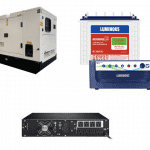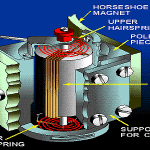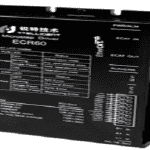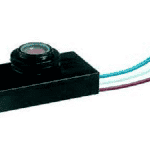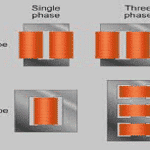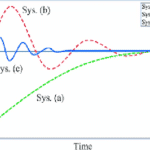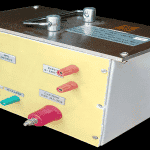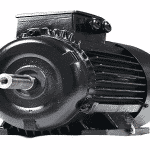One of the major problems that people are still facing these days is an irregularity in power distribution. So, to get rid of this problem, technology has provided us many approaches and various devices. The most general technologies that are used for this purpose is generator, inverter and UPS. Even these devices are extensively used in many household and commercial applications to standardize power deregulations, each device has its own capacity, … [Read more...]
What is PMMC Instrument : Construction, Working & Its Uses
There are various kinds of electrical panels and instruments which are mounted on board that allows sailing of ship easily between two ports in a more efficient and easy manner. This requires arranged maintenance and assessments to stay away from any kind of breakdown at the time of sailing. So, for onboarding purposes, there exist various devices and to measure multiple electrical factors. One of the instruments is the PMMC instrument (Permanent Magnet … [Read more...]
What is a Stepper Motor Driver : Types & Its Working
Motors are the most crucial development, and they play a wide role in many of the domains like engineering, electrical, and others. As the prominence of controlling motors is enhancing, there come wide variations in motor development such as variation in its speed level, type, and sizes. And the one type of development is stepper motor driver which is a kind o controlling the motor. The development of stepper motors took place during the period when the … [Read more...]
What is a Superconductor : Types & Its Applications
The theory of superconductivity came into existence in the year 1911 when the temperature of mercury was nearly 40C by the physicist Onnes for which he won the Nobel prize. From then, the concept of superconductivity progressed, and various kinds of superconductors were discovered. Later on, with many inventions, superconductors also tend to function even at higher temperature levels. The invention of high-temperature kind of superconductors reached … [Read more...]
What is a Photocell : Types, Working & Its Applications
In the year 1883, the inventor from America namely Charles Fritts developed a functional photoelectric cell. In the same year, Paul an engineer from Germany utilized the photocell in his observation called Nipkow’s disk. This is the instrument that takes images by measuring the object’s bright and dark locations and convert those into impulses in electrical form. The pre-invention of the modern-day photocell was developed by Hans and Elster by giving … [Read more...]
Different Types of Losses in Transformer & Their Impact
The transformer is the most prominent passive device that has the operation of transferring electrical energy from one circuit to another, it is used in various applications across multiple domains. Also, there are a wide variety of transformer designs in electrical and electronic domains, every type encounters various types of losses in transformer. So, it is even more crucial to know the types of losses in the transformer and how these losses show an … [Read more...]
What is Damping Ratio : Formula & Its Derivation
It has been observed from the past twenty years that there happened many earthquakes all over the world which resulted in several fatalities and damages. These losses were because of the seismic excitation and resulted in both non-structural and structural catastrophes. So, it is important to enhance the seismic performance of the constructional structures. This can be done by implementing passive energy-dissipation and this provides improvised solutions … [Read more...]
What is Step Up Transformer : Construction & Its Working
Electrical transformers ought to have the credit of the most crucial developments in the industrial era along with other discoveries of running water, gaslighting, and steam power. The name indicates that the transformer is used for the conversion of electrical energy from a higher level to a lower level. There are numerous kinds of transformers developed to deal with various voltage levels like a step-down and step up transformer. As the inventions are … [Read more...]
What is Bolometer : Circuit, Working & Its Applications
The initial development of the bolometer was done by Samuel Langley in the year 1878. Later on, in 1880, there were few modifications to the instrument in order to detect thermal radiation which holds the ability to thermally detect a wide range of spectrum including Fraunhofer lines. Then, Langley’s bolometer was used by Nikola Tesla for the application of power transmission in the year 1892. With this, the initial demonstration using a bolometer got … [Read more...]
What is Reluctance Motor : Construction & Its Working
The development of reluctance motor took place in the year 1838 so as to boost a locomotive. Here, the mechanical switches used for windings energization only hold the capability to provide energization for the motor at minimal speed levels. And in addition, electronic devices such as transistors, IGBTs are needed for driving the motors. But in 1920, the development of variable reluctance motor took place in the U.K and this development was used in many … [Read more...]
